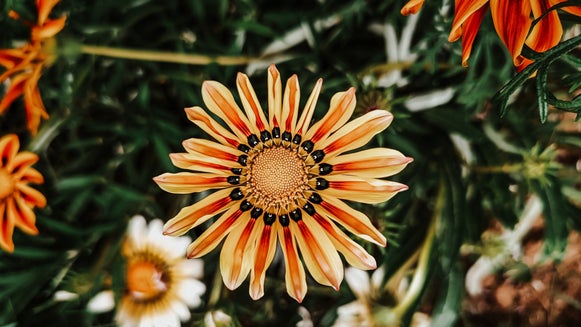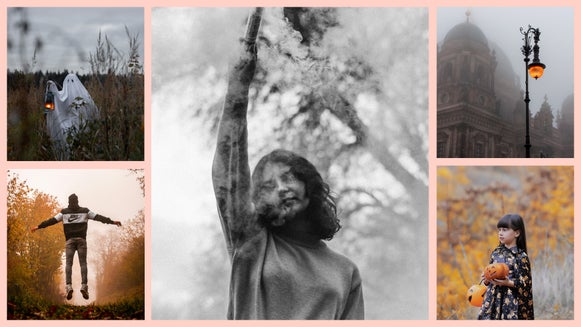How to Photograph Wildlife With a Smartphone
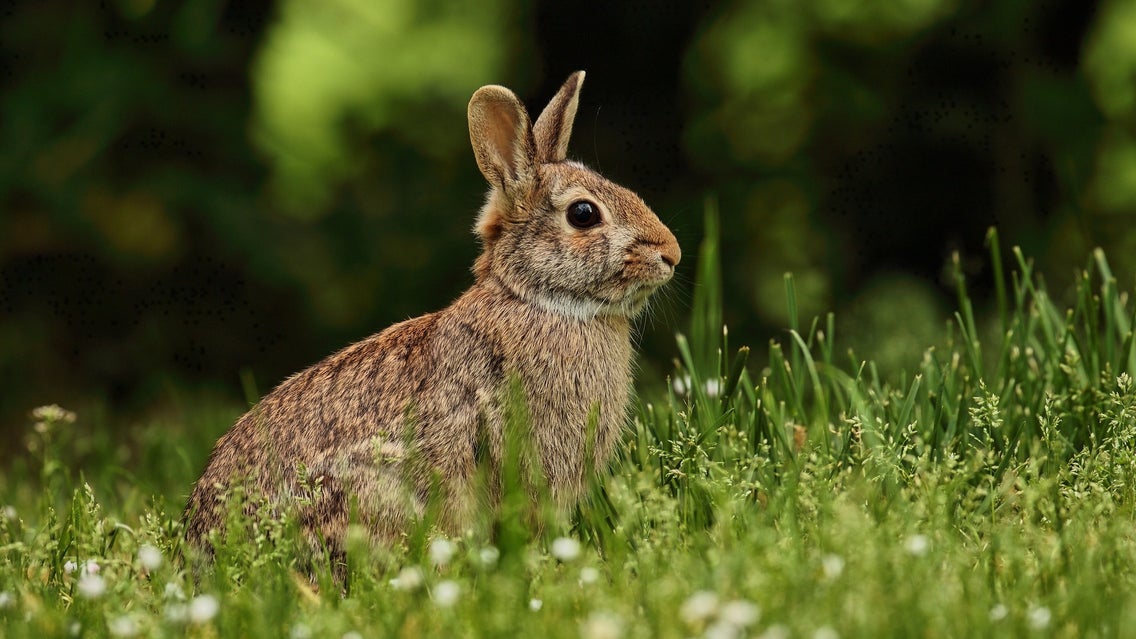
Wild animals aren’t exactly predictable and it can be challenging to capture elusive creatures. However, with a little understanding, plenty of patience, and the right tools, you can capture wildlife with the best of them – using your smartphone, no less!
One of the great things about using your smartphone to capture wildlife is that it offers tremendous convenience and ease of use. You’re more likely to have your phone with you when you go out, meaning you’ll be able to snap those unexpected moments as they arise – no need to worry about lugging heavy gear and cameras with you on your adventure.
How to Capture Amazing Smartphone Wildlife Images
Taking your wildlife images to the next level is all about preparedness, timing, lighting, composition, and finally, the right edits that can help your images shine.
Before you set out, it’s important that you're prepared. Many animals can sense you before you see them, and will quickly make their way out of sight. To take a successful photo, you will need to be quiet and respect their space.

One tool you’ll want to think about investing in is a lens for your camera phone. A telephoto lens, like this option from Apexel allows you to get up close to nature, without having to disturb it. Alternatively, consider a wide-angle lens if you’re looking to capture images of wildlife that include some of the surrounding landscape.
Wildlife won’t sit still and wait for you, in fact, in many cases you will need to sit and wait for them, so be sure to bring along plenty of patience as well! Below, we've included some more detailed tips and suggestions for taking wildlife photos on your phone:
Get Your Timing Right
Timing is everything when it comes to wildlife photography. Fortunately, shooting with a smartphone can help you to perfectly time your shots.
- Camera Timer: Be sure to take advantage of the camera timer your phone has. You can also set up burst mode so that your phone can rapidly take multiple shots. Having multiples will make it easier for you to choose the best shot; essential when you’re working with a moving target.
- Live Photo: For iPhone users, Live Photo is an easy way to capture quickly moving wildlife on your phone. With this feature, your iPhone records what happens 1.5 seconds before and after you take a picture. For Android users, Motion Photo is available for Samsung. And Top Shot is available for Google Pixel.
Work With Lighting
You can’t change the lighting when you are out in nature, but you can make the most of the lighting you have.
- Adjust the Lighting Settings: Double tap on your screen when in camera mode to bring up the adjustment controls for the lighting. Slide the bar to the left or right to adjust the lighting, while keeping an eye on the preview image to get the right lighting. If you have an iPhone, you can tap to select the subject before adjusting the lighting to ensure the lighting is adjusted for them.
- Add External Lights: If your camera phone isn’t getting adequate lighting, you can also bring in an external flash. Keep in mind that an external flash, or any other source of unnatural light could potentially spook or scare away wildlife, so use it with caution.
Consider Composition
Composition is arguably one of the most important parts of photography. Here are a few techniques that can help you make the most of your composition.
- Camera Modes: Take advantage of your camera’s modes. For instance, Panoramic mode allows you to take a panoramic image, capturing your main subject as well as its surroundings. Meanwhile, macro mode enables you to take close-up images of tiny subjects that might otherwise get overlooked.
- Subject Placement: Where you position your subject matters as well. According to the rule of thirds, placing your subject off to the side of the image can result in a more dynamic image, but you could also try positioning your subject dead center for a more powerful shot as well. Just be aware of your surroundings and find a way to incorporate (or leave out) details for the most impactful composition.
How to Edit Wildlife Photos
There are a number of tools that can help you to enhance your images, all in just a few clicks. It’s simple with your phone.
Befunky's mobile app makes wildlife photography editing easy. Here are just a few ways that you can use this app to enhance your wildlife images.
Crop to Draw Focus
Whether you’re cropping off unwanted edges or centering your photo, cropping is an easy way to adjust your composition. BeFunky’s cropping tool makes cropping simple. You could set your own parameters using freeform, or opt for the square mode, golden ratio, and more.
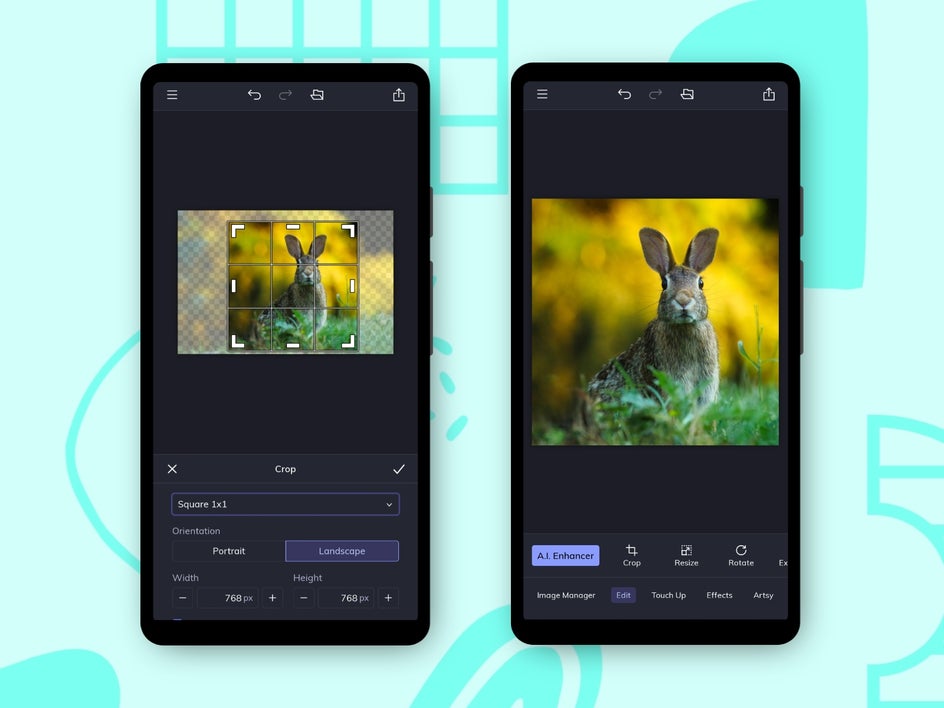
Get Creative With Filters and Effects
Another easy way to enhance your images is with a filter. You can easily apply a filter or effect to enhance your image. BeFunky has many photo effects and filters that you can choose from.
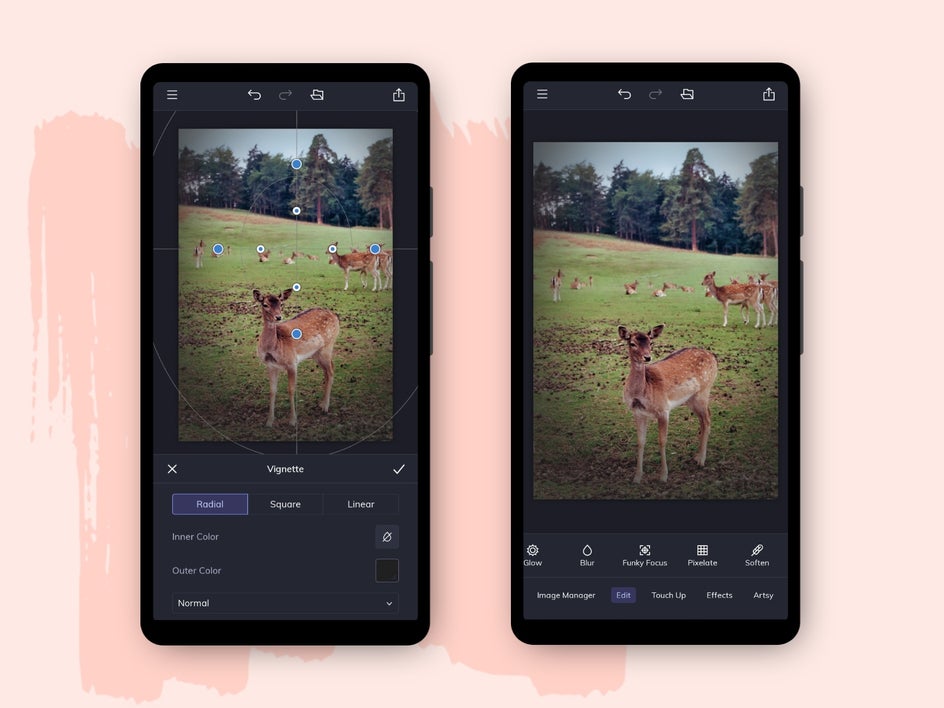
You could also use BeFunky’s Vignette tool, and choose a darker or lighter border, sometimes added as a blur, around the edges of your composition.
Adjust the Colors
BeFunky’s Color tool makes it easy to adjust the colors in your composition. Use the slider to adjust hue, temperature, and saturation, allowing you to draw out the colors in your image.
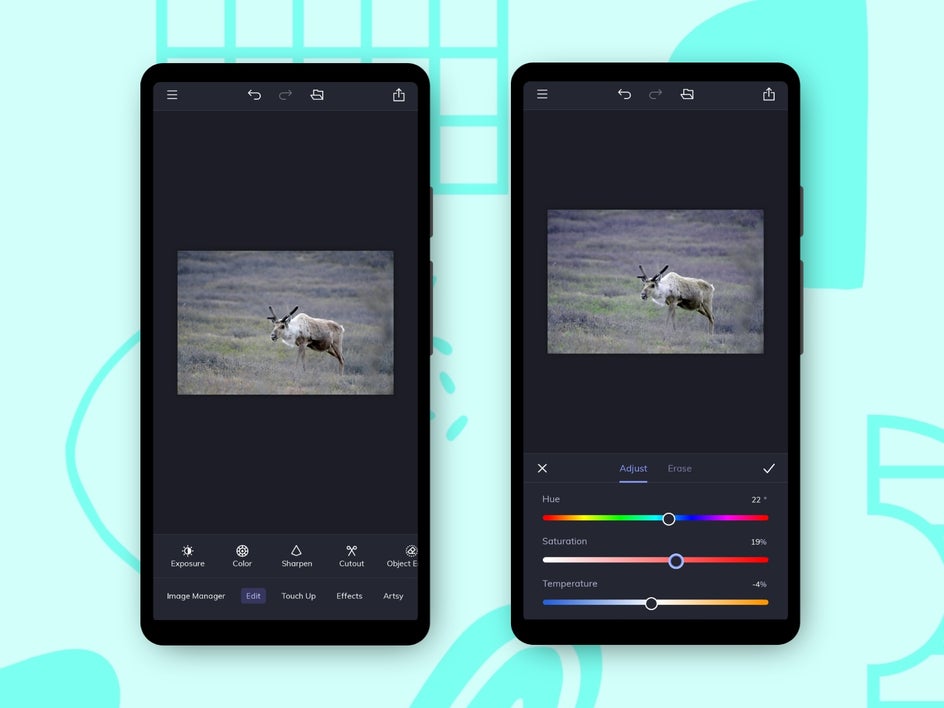
Add Balance With Exposure
Using BeFunky’s Exposure tool, you can adjust your image to balance the image's highlights and shadows. Create depth or correct washed-out images in seconds.
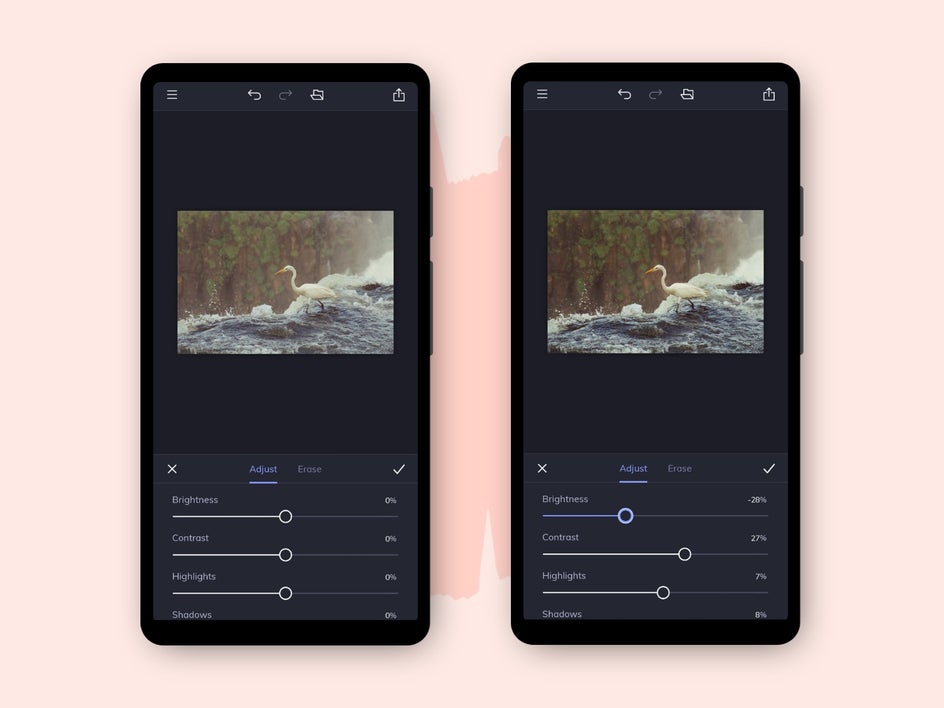
Deblur for Clarity
Captured a great shot, but it came out slightly blurry? Don’t worry, it happens – especially with unpredictable nature. Rescue those images with the Clarity tool or A.I. Image Enhancer.
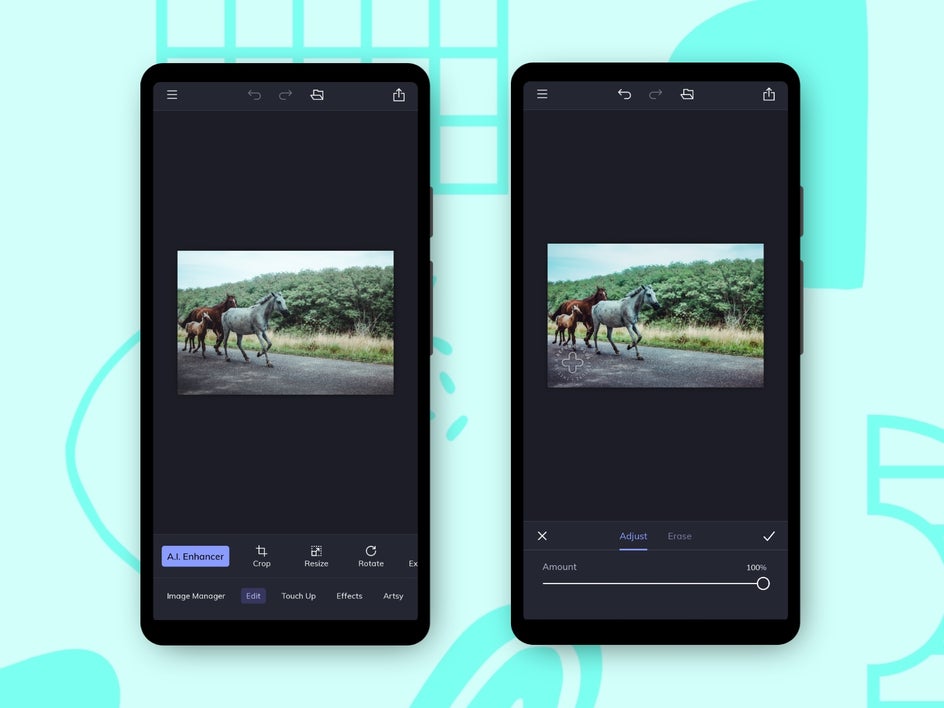
Capture Amazing Wildlife Images With Your Phone!
Capturing wildlife can be tremendously rewarding, especially when you have the tools and tech that you need. With a little preparation and plenty of patience, you’ll be rewarded with amazing images and memories that will last a lifetime.
And be sure to try the mobile app to see how easy it is to edit your wildlife images.











